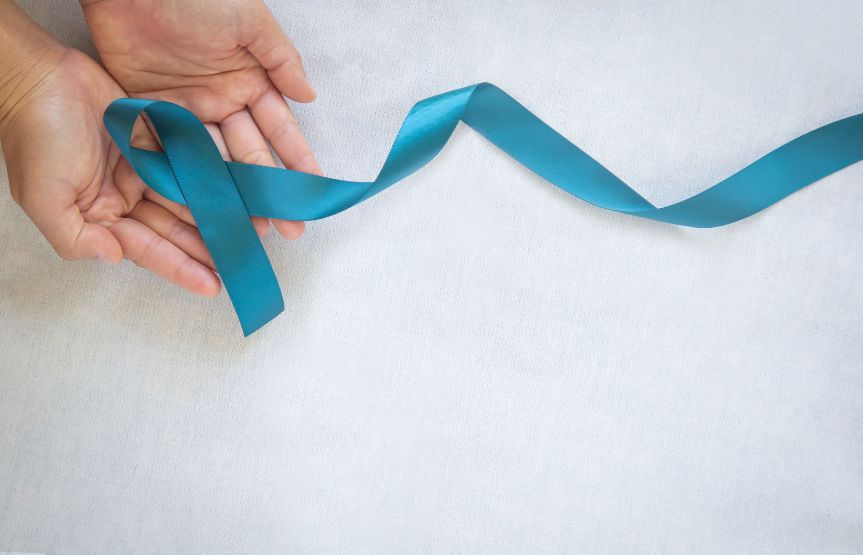What is Post Traumatic Growth?

Resilience and posttraumatic growth have aroused a growing interest in psychological research during the last decades. To move from trauma to growth is a challenging task and we all have been asked to do so and reflect on the possible long term positive effects as individuals, communities and nations, after the pandemic, leading to collective resilience.
Negative experiences can spiral to positive meaning making, including the recognition of personal strength, the exploration of new possibilities, improved relationships, a greater appreciation for life and spiritual growth. Post Traumatic Growth (PTG) can flourish upon educational experiences, emotional regulation, narrative development and change of our personal story as well the collective history.
How is PTG related to collective resilience?
The study of resilience in Psychology has focused mainly on resilience as an individual construct (Castillo, 2012), emphasizing that protective factors can come from the community, family and individual sphere (Bergström; Dekker, 2014). However, there are fewer approaches that conceive of resilience as a fortress that develops because of social interconnections, when human collectives and communities creatively and actively face the challenges of the environment, be they human, natural or natural catastrophes and collective traumatic events such as the pandemic.
However, studies show that there are people who mitigate the effects of the disaster according to their capacity for organization, communication and social support (Ntontis et al., 2018). These social processes contribute to a decrease in negative and an increase in positive affect, improve positive relationships with others, and reinforce the meaning of life and psychosocial well-being in general (Páez et al., 2011). When the stressors that affect groups of people promote adaptive behaviors after natural or social catastrophes, we speak of Community Resilience (CR).
Can we rewrite the collective mindfulness narrative in the digital era?
The collective unconscious mind can be the perfect ground for individual stories of resilience in the times of internet and social media narratives. Going through a digitally enhanced state of social identity construction, the Self in Relation process can be both challenging and inspiring in the digital era, regarding the concepts of resilience and mindfulness.
That is mainly because of the Collective Efficacy concept, that is the belief of a group to obtain certain achievements together regarding their competencies and capacities (Bandura, 1997). A resilient community would have adequate mechanisms for the management of group conflicts, care for the environment, attention to the needs of the population, ability to work as a team for the common good and an attitude of autonomy to manage the community’s social services (Carroll; Rosson; Zhou, 2005). All these possible selves mirrored in the digital era of parallel flowing identities, can be seen through a collective journal of good moments and resilience embodiments, through the process of the social identity modelling theories. In other words, we can all offer our personal story of survival within the narrative of both reminiscence and anticipatory savoring of small, everyday life changing moments, contributing to the social momentum of belonging and flow of events in the global narrative map.
What does positive psychology have to offer in the aftermath of crisis?
From the outset, positive psychology has acknowledged that life has peaks and valleys (Peterson, 2006), that negative situations can give rise to positive growth (Ivtzan et al., 2015), and that positive approaches can help us through dark times (Fredrickson et al., 2003). For example, studies at the individual level have shown that higher use of character strengths is linked to lower levels of PTSD for children living in war zones (Shoshani & Slone, 2016) and that gratitude helps patients with chronic illness manage their pain and maintain wellbeing (Emmons & McCullough, 2003). Additionally, the move to remote learning, while negative for many students, has had a positive effect on academic performance for some and has helped more students to become self-managed and to develop continuous learning habits (Gonzalez et al., 2020). Moreover, research shows that positive approaches not only help to minimize distress but also serve to build important outcomes that allow people to rise above adversity and create lasting growth in capacities, outlook, and connection (Waters et al., 2021). For example, the group-level positive changes can include stronger employee morale, a deeper experience of professional meaning, greater levels of institutional forgiveness, and higher community resilience.
In the light of the above, we can all head to a newly found transition from learned helplessness to learned optimism and team spirit, using the tools of digital social solidarity and antifragility. Williams (2020) suggests that antifragility is the state of improving through disorder, disruption, and uncertainty and differs from posttraumatic growth in that, rather than being a response that occurs after a challenging event, becoming antifragile is a real time process that is proactive and intentionally used during the crisis itself as part of an individual’s day-to-day work and routines.
